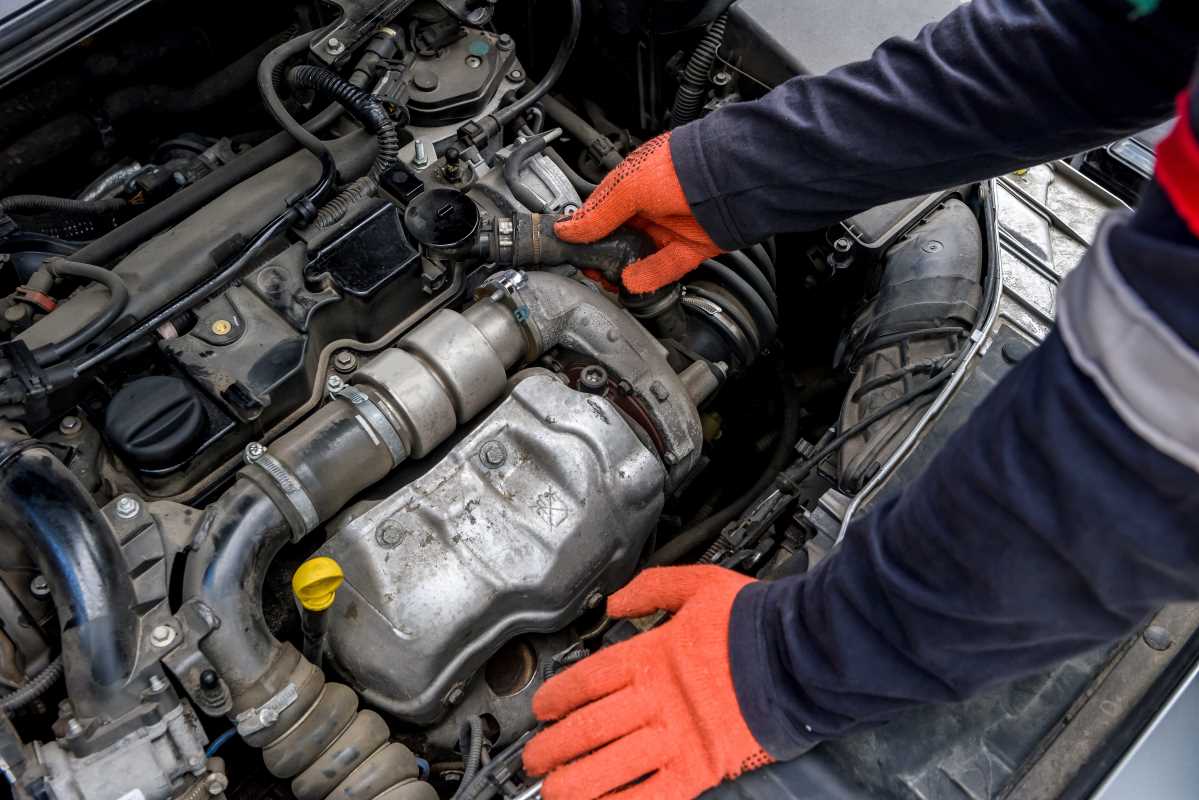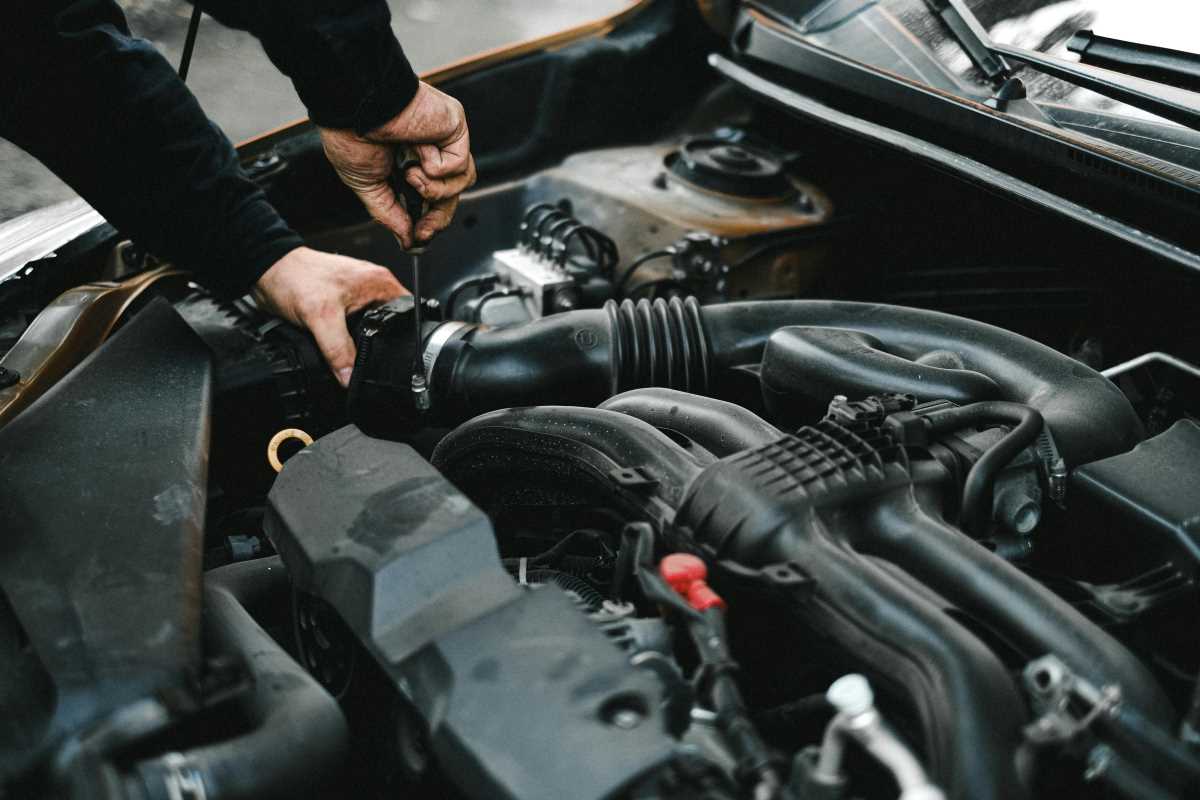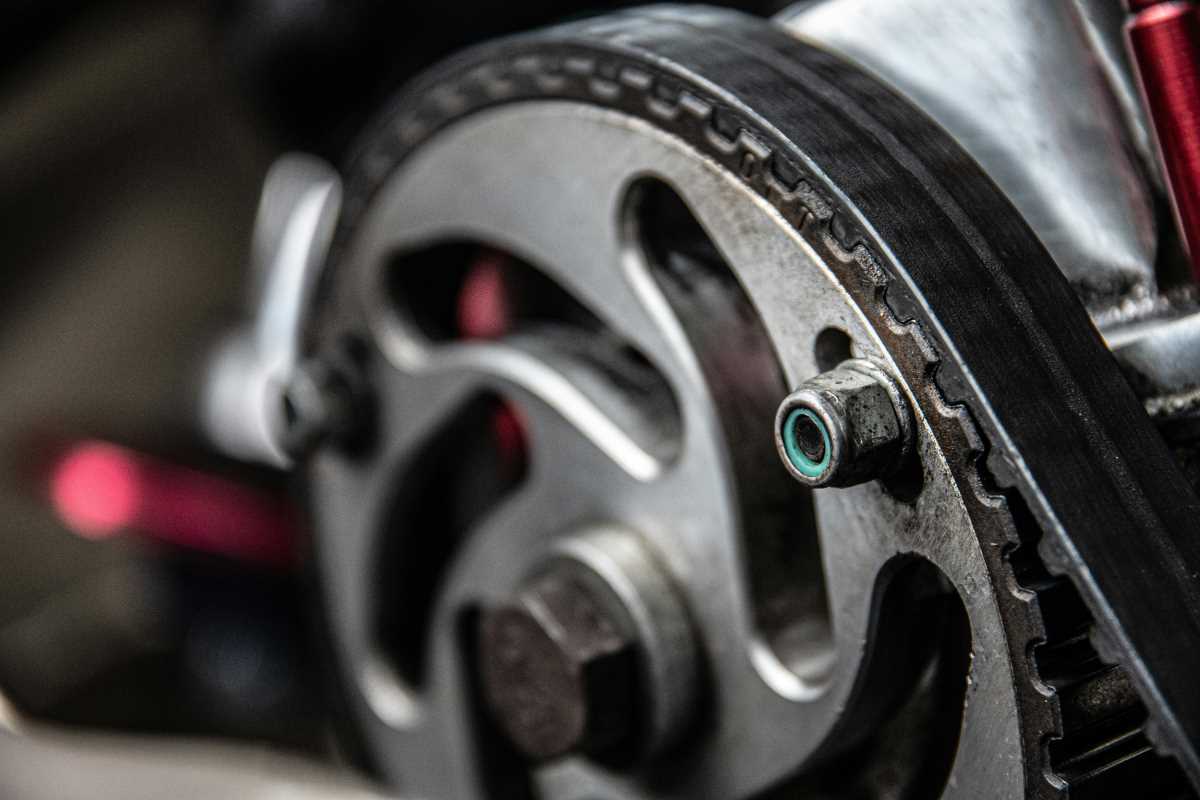Keeping your vehicle in great shape for years requires more than just putting gas in the tank and going for regular drives. A combination of consistent maintenance, good driving habits, and prompt care can dramatically extend your car’s lifespan. Whether you’re a new car owner or have been driving for years, these practical tips will help you maximize your vehicle’s longevity and save money in the long run.
1. Keep Up with Regular Maintenance
Routine maintenance is the foundation of a long-lasting car. Sticking to a schedule for essential check-ups keeps your engine and other critical components running smoothly.
What to Prioritize:
- Oil Changes: Change your oil and oil filter every 5,000 to 7,500 miles unless your owner’s manual recommends otherwise. Clean oil reduces engine wear and helps prevent overheating.
- Tire Maintenance: Rotate your tires regularly, and ensure they’re properly inflated to the manufacturer’s recommended pressure. Uneven tire wear or underinflated tires can lead to long-term suspension issues.
- Fluid Checks: Be diligent about checking and refilling fluids like coolant, brake fluid, transmission fluid, and power steering fluid. Clean, full fluid levels ensure your car operates efficiently.
- Filters: Replace engine air filters and cabin air filters as needed. A clogged filter affects both performance and comfort.
Pro Tip: Use reminders on your phone or calendar to stay on top of maintenance milestones.
2. Develop Smart Driving Habits
Your driving style significantly impacts your car’s long-term health. Being a thoughtful driver doesn’t just keep you safe; it reduces wear and tear on your vehicle.
Tips to Drive Smarter:
- Avoid Aggressive Driving: Quick accelerations, sharp braking, and frequent speeding put unnecessary stress on your car’s engine, brakes, and tires.
- Warm Up Your Car in Cold Weather: Give your engine 30 seconds to a few minutes to warm up in freezing temperatures before driving. This allows crucial engine fluids to flow freely.
- Don’t Ride the Brakes: When driving downhill, use lower gears instead of constantly pressing the brake pedal. Overusing brakes leads to faster wear.
- Lighten Your Load: Avoid carrying unnecessary weight in your trunk or backseat. Extra weight decreases fuel efficiency and puts strain on suspension components.
Helpful Reminder: Smooth and steady wins the race for vehicle longevity.
3. Clean and Protect Your Vehicle
Regular cleaning, inside and out, isn’t just for appearances. It protects your car from rust, wear, and environmental damage caused by everyday exposure to dirt, salt, and UV rays.
Exterior Care:
- Wash Frequently: Washing your car every two weeks (or more often in winter, when road salt is present) prevents rust and corrosion.
- Wax Your Car: Applying wax every three to six months creates a protective layer against moisture, dirt, and UV rays, keeping your paint job in excellent condition.
- Inspect for Damage: Fix any paint chips or scratches promptly to prevent rust from taking hold.
Interior Care:
- Vacuum Regularly: Dirt and debris can wear down your upholstery and carpeting over time.
- Protect Surfaces: Use seat covers and dashboard protectors to guard against spills, tears, and sun damage.
- Prevent Odors: Clean up food messes quickly and replace your cabin air filter every year.
A clean car isn’t just more enjoyable to drive; it’s better protected against long-term degradation.
4. Don’t Ignore Warning Signs
Modern vehicles often alert you to potential issues through dashboard warning lights, strange noises, or changes in performance. Ignoring these signs can lead to more extensive damage and costly repairs.
Common Indicators to Address Promptly:
- Check Engine Light: It might be as simple as a loose gas cap or as serious as a failing sensor. Either way, address it immediately.
- Fluid Leaks: If you notice puddles beneath your car, identify the type of fluid (oil, coolant, transmission fluid) and have it checked by a professional.
- Strange Noises: Squealing brakes, knocking engines, or grinding sounds often indicate worn parts that need replacement.
- Vibrations: Suddenly feeling vibrations through the steering wheel or pedals? These could be signs of alignment issues, worn tires, or failing components.
Golden Rule: When in doubt, consult a reliable mechanic. Small repairs today can prevent major issues tomorrow.
5. Prepare for Seasonal Changes
Extreme weather conditions can be tough on your car. Adjust your habits and perform seasonal maintenance to keep everything running smoothly year-round.
Winter Preparations:
- Use Winter Tires: These tires provide optimal traction on snow and ice, reducing strain on your drivetrain.
- Keep Fluids Full: Ensure coolant, windshield washer fluid, and oil levels are winter-ready to withstand freezing temperatures.
- Battery Health: Test your battery’s voltage before winter starts. Cold weather reduces battery efficiency.
Summer Preparations:
- Inspect the Cooling System: Make sure your radiator and hoses are in good condition to avoid overheating.
- Monitor Tire Pressure: Heat causes air inside tires to expand, so check for overinflation.
- Test Your AC: Ensure your air conditioning runs smoothly before the peak of summer heat.
Bonus: Keep an emergency kit tailored to seasonal needs, like a blanket and ice scraper for winter or extra water and sunscreen in summer.
6. Pay Attention to Mileage Milestones
Every car has specific service intervals based on mileage. Following these manufacturer-recommended guidelines ensures your car receives care when it’s most needed.
Common Mileage-Based Services:
- 30,000 Miles: Replace the air filter and inspect brake pads.
- 60,000 Miles: Flush and replace brake, transmission, and coolant fluids.
- 90,000+ Miles: Timing belts and spark plugs may need replacing, depending on your car’s model.
Your owner’s manual is your best friend here. Always refer to it to customize a maintenance plan suited to your vehicle’s needs.
7. Use Quality Parts and Products
When it comes to maintenance and repairs, don’t cut corners by using low-quality parts or fluids. Investing in durable options pays off over time.
What to Invest in:
- High-Quality Oil: Stick to the type of oil recommended by your car’s manufacturer to ensure proper engine lubrication.
- Reliable Tires: Durable, well-made tires last longer and improve overall safety.
- OEM Parts: Original Equipment Manufacturer (OEM) parts are designed specifically for your car and often outperform cheaper alternatives.
Important Reminder: Cheaper isn’t always better, especially when it comes to key components of your car.
8. Build a Relationship with a Trusted Mechanic
Having a reliable mechanic you trust can take the stress out of car care. They’ll help you stay on top of maintenance and catch potential issues early on.
Tips for Finding the Right Mechanic:
- Look for Certifications: ASE (Automotive Service Excellence) certifications indicate high-quality work.
- Check Reviews: Online ratings and recommendations can provide valuable insights.
- Ask Questions: A good mechanic will gladly explain their services and pricing.
With a trusted expert in your corner, it’s easier to keep your car running its best for the long haul.
Making your car last isn’t about treating it like a delicate relic but about consistent care and mindful habits. From routine maintenance to adapting to seasonal changes, every effort adds to the longevity of your vehicle. By driving responsibly, addressing issues quickly, and investing a little time and effort into keeping your car in shape, you’ll be rewarded with years of reliable, worry-free driving!







